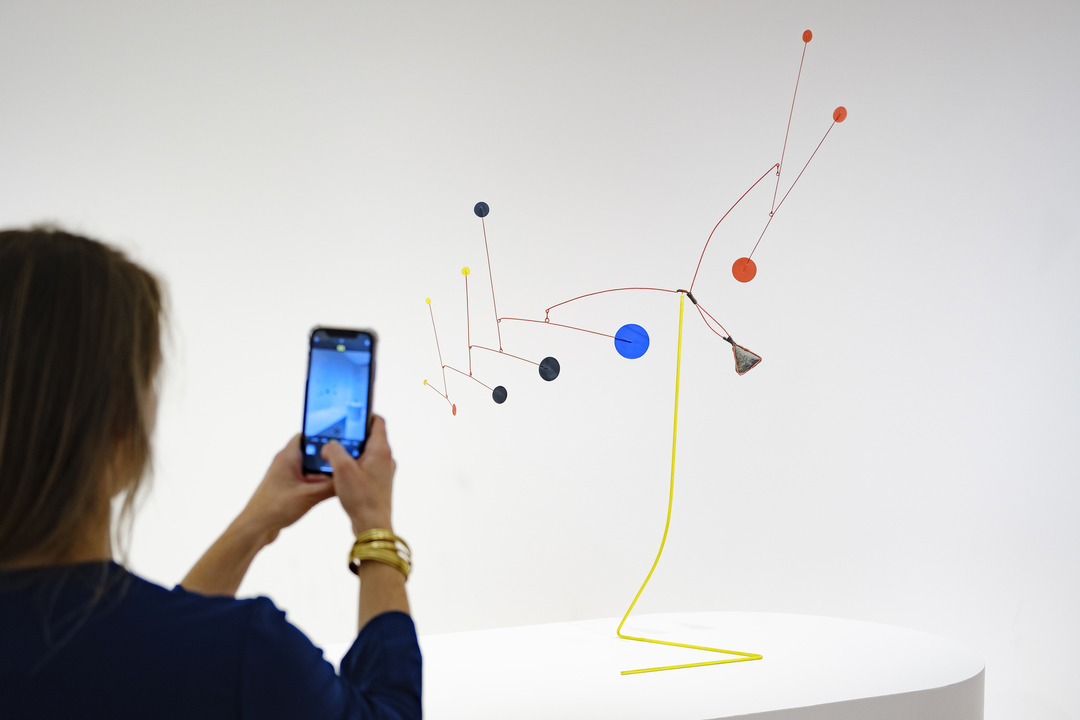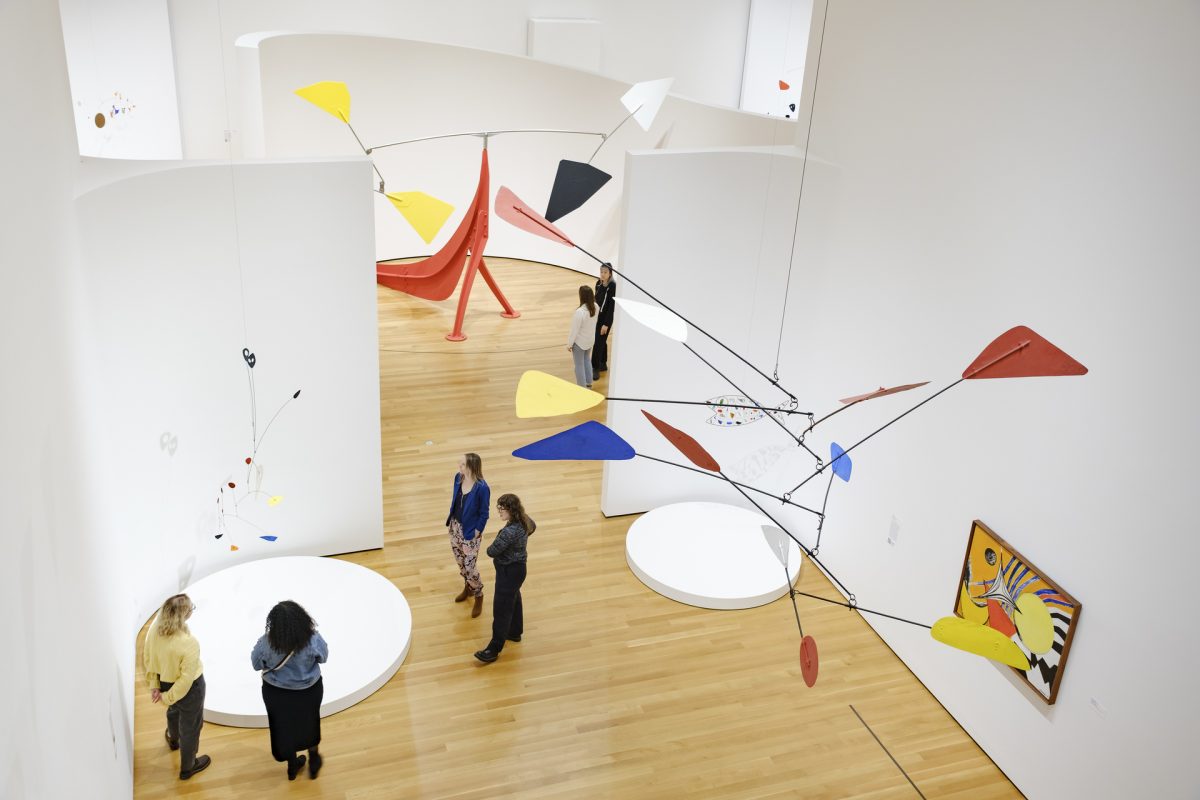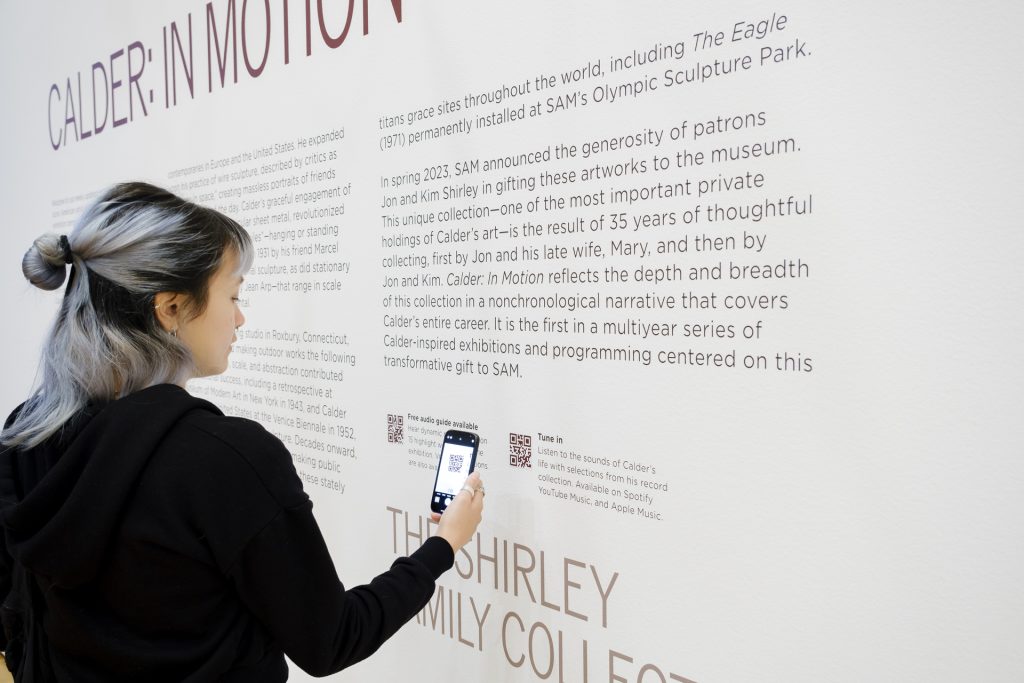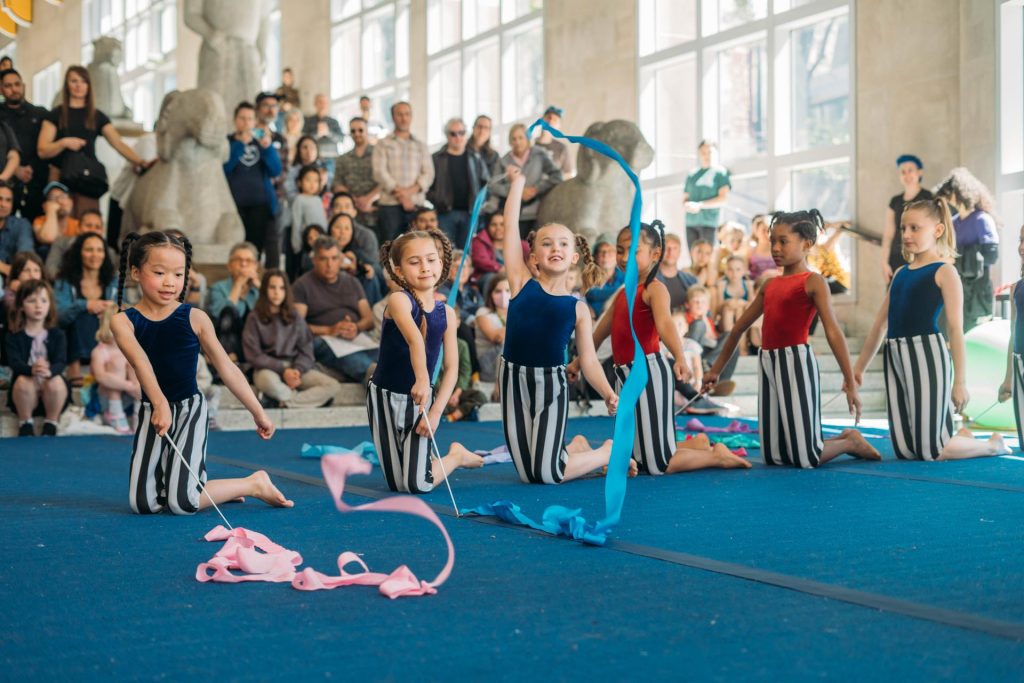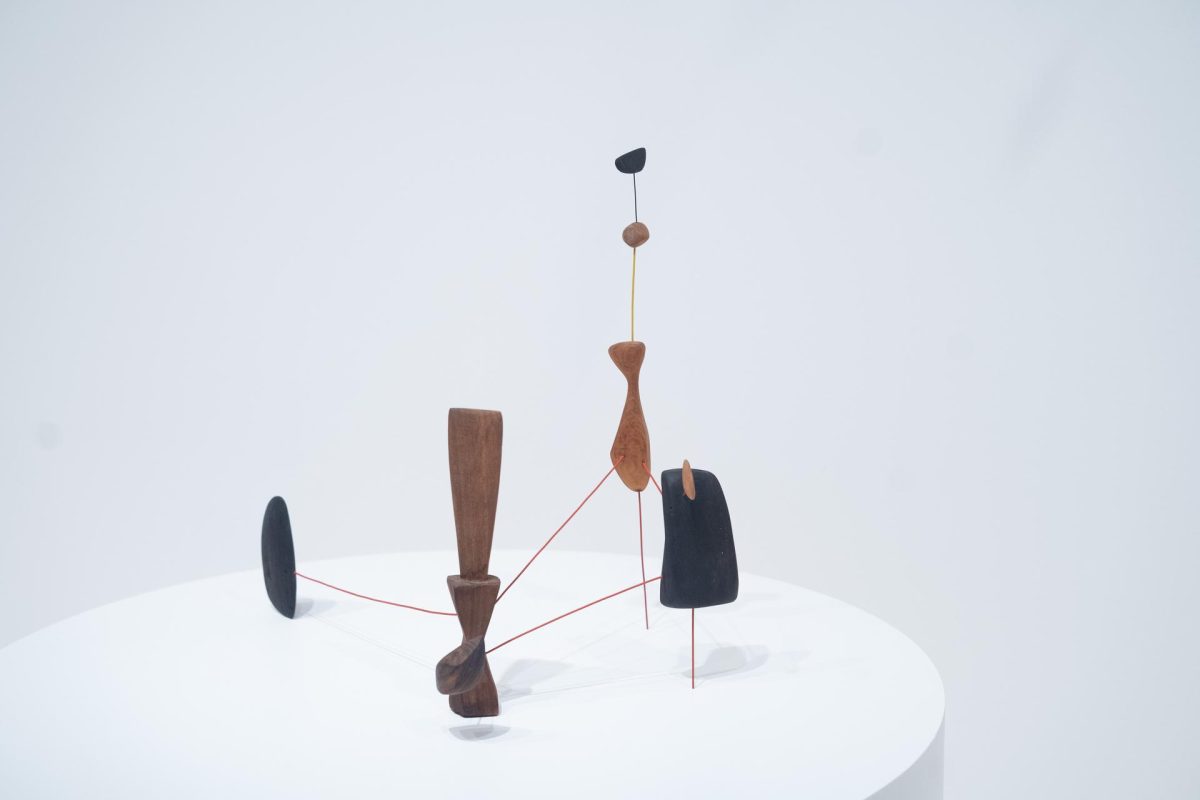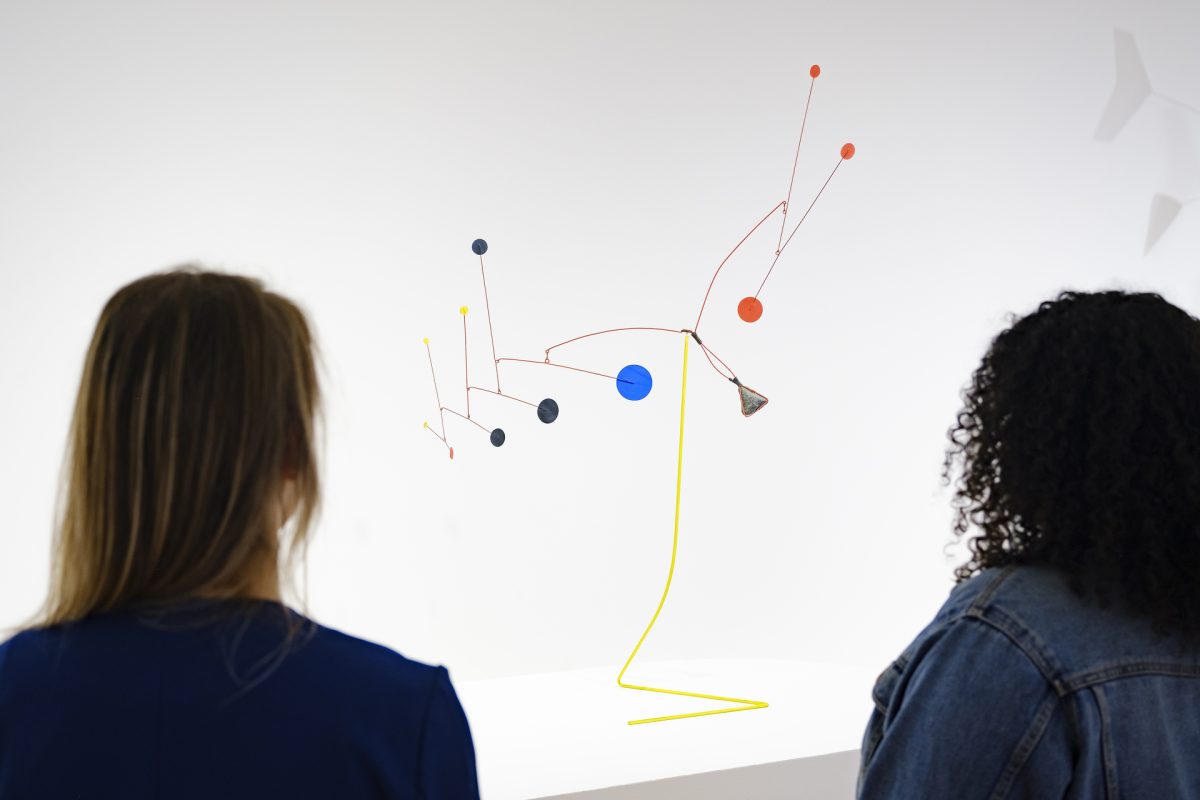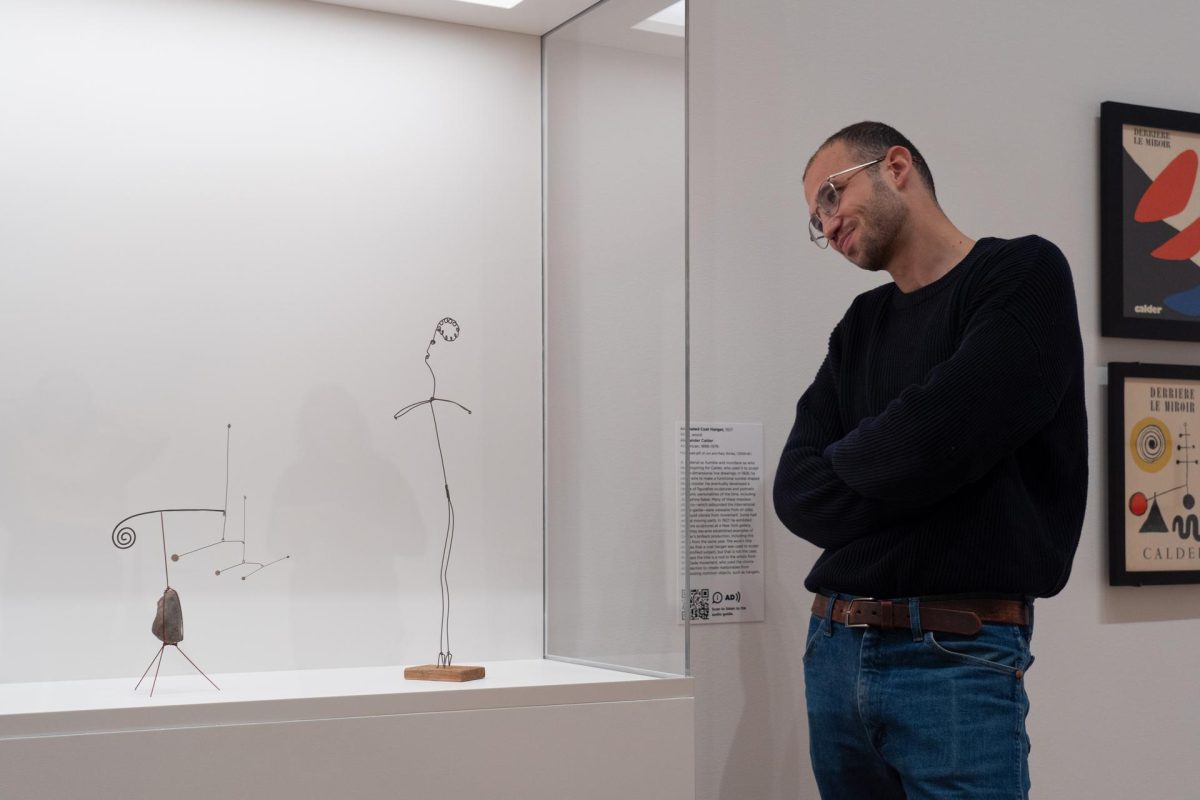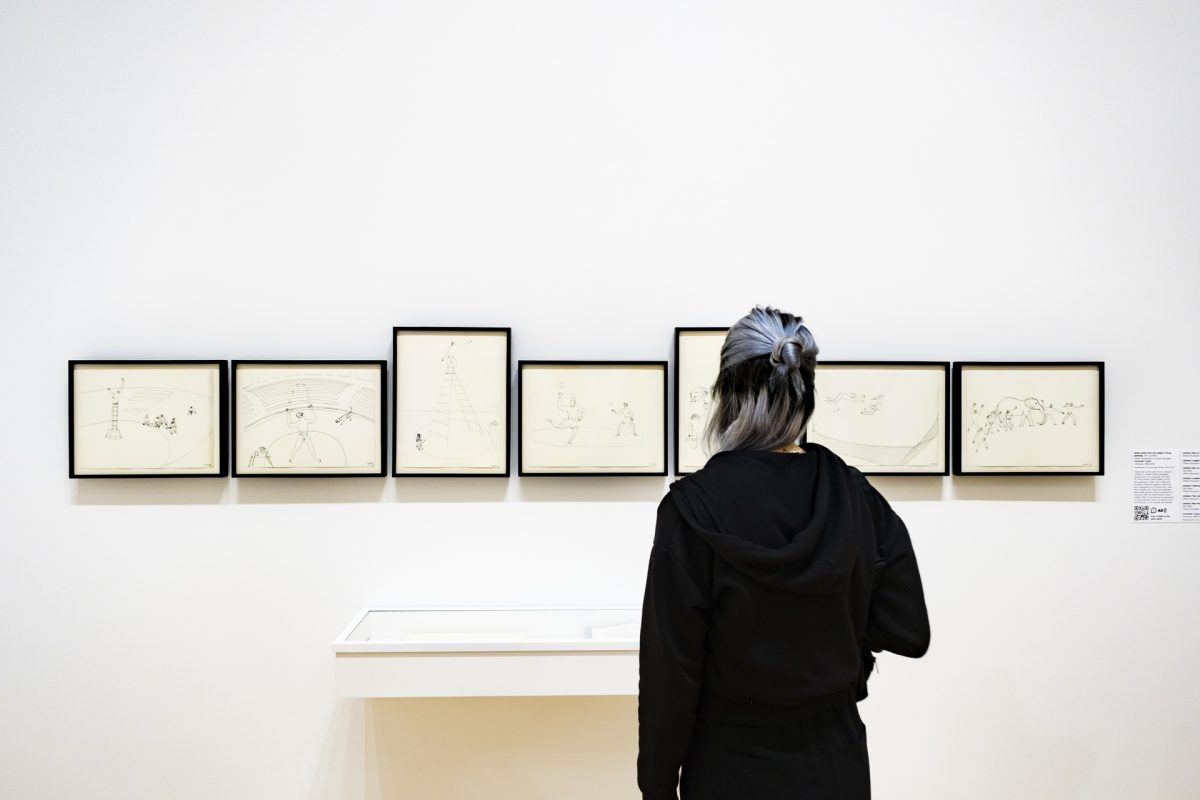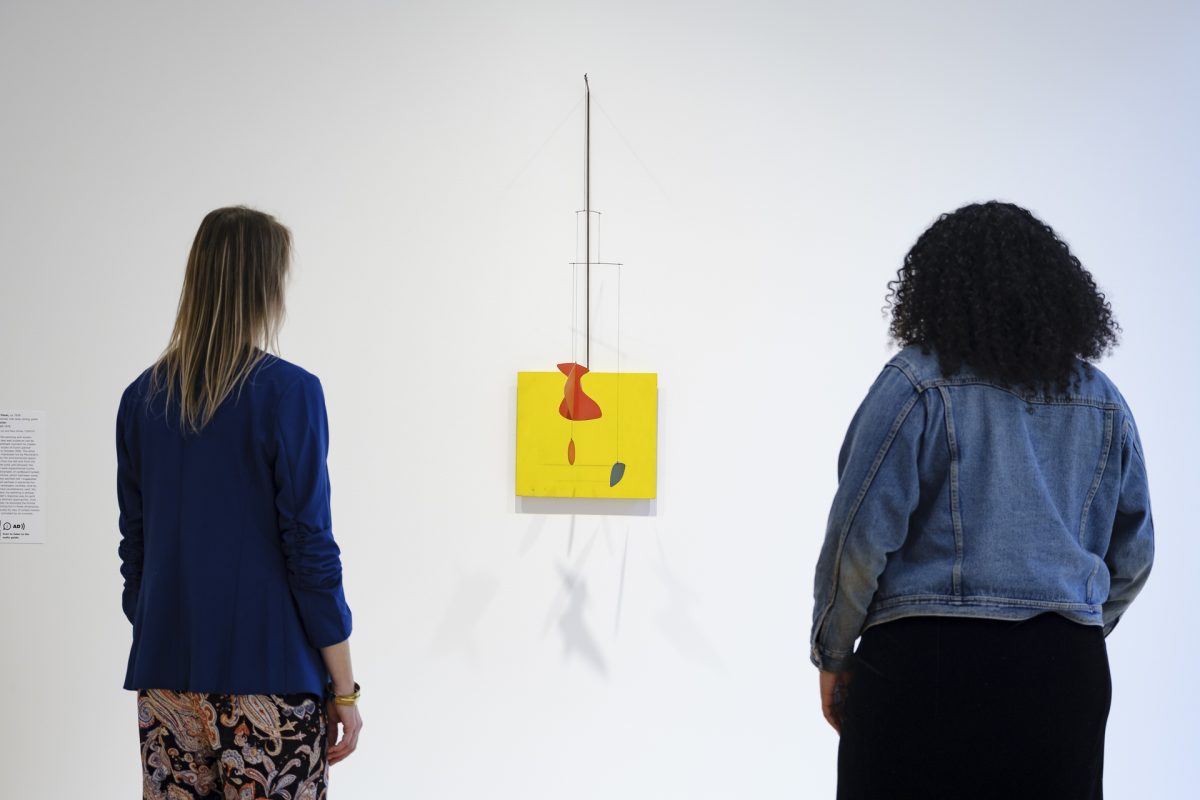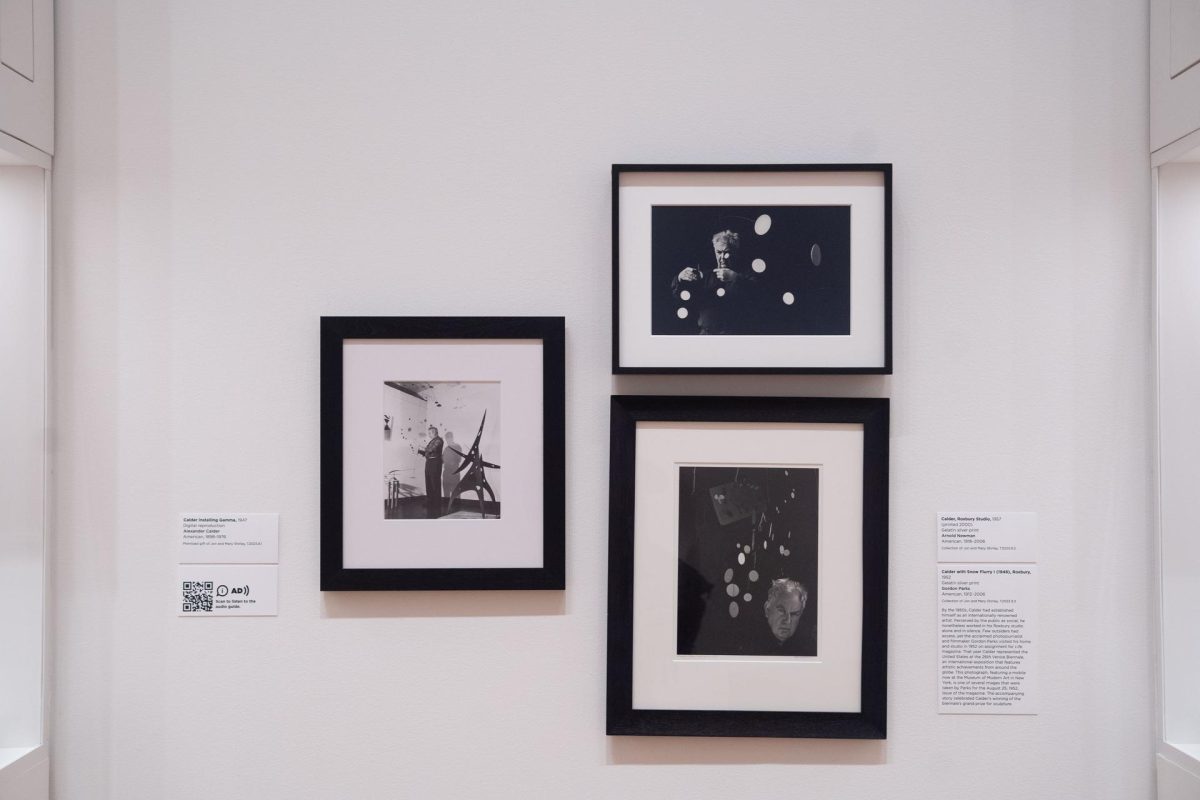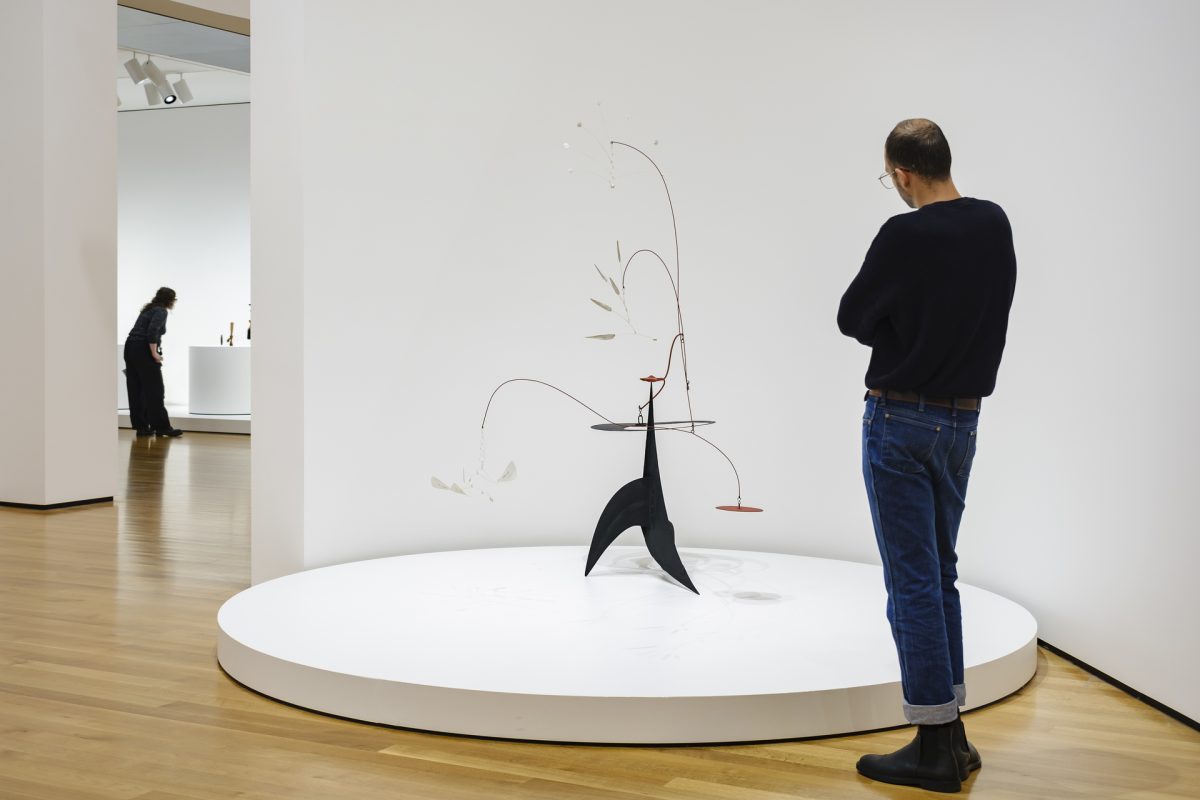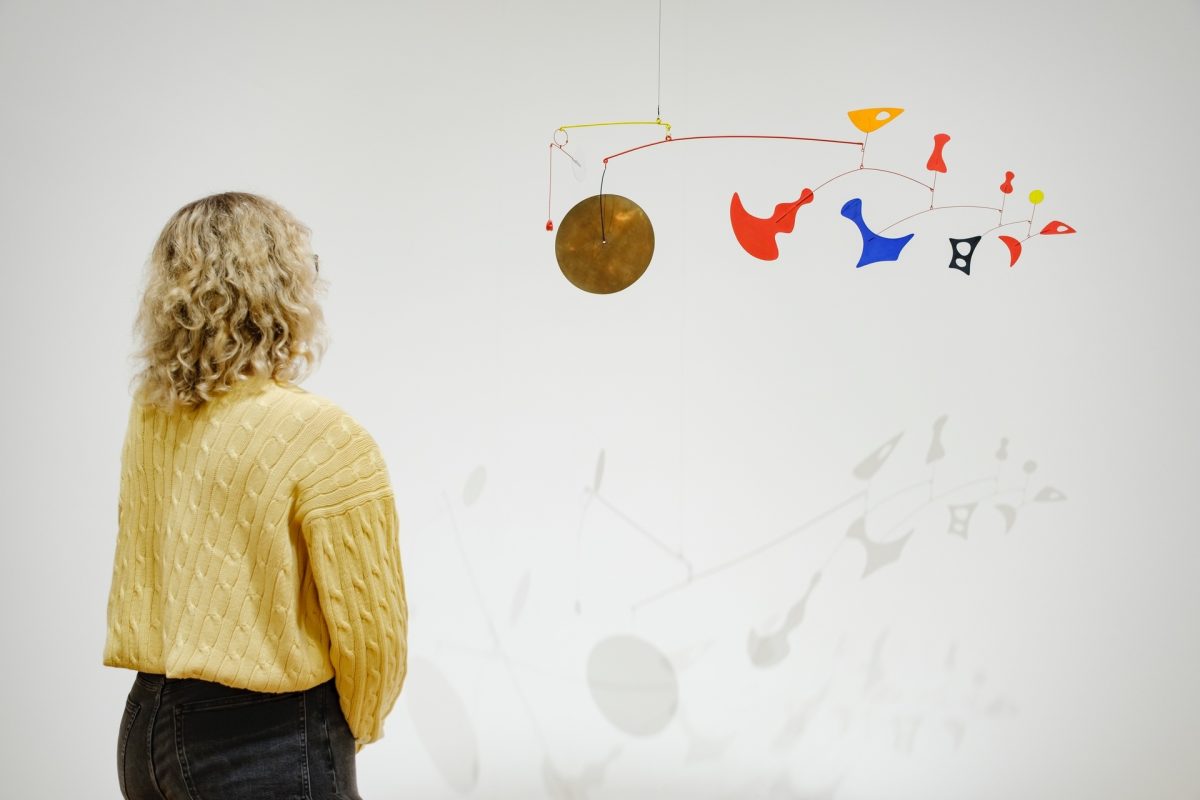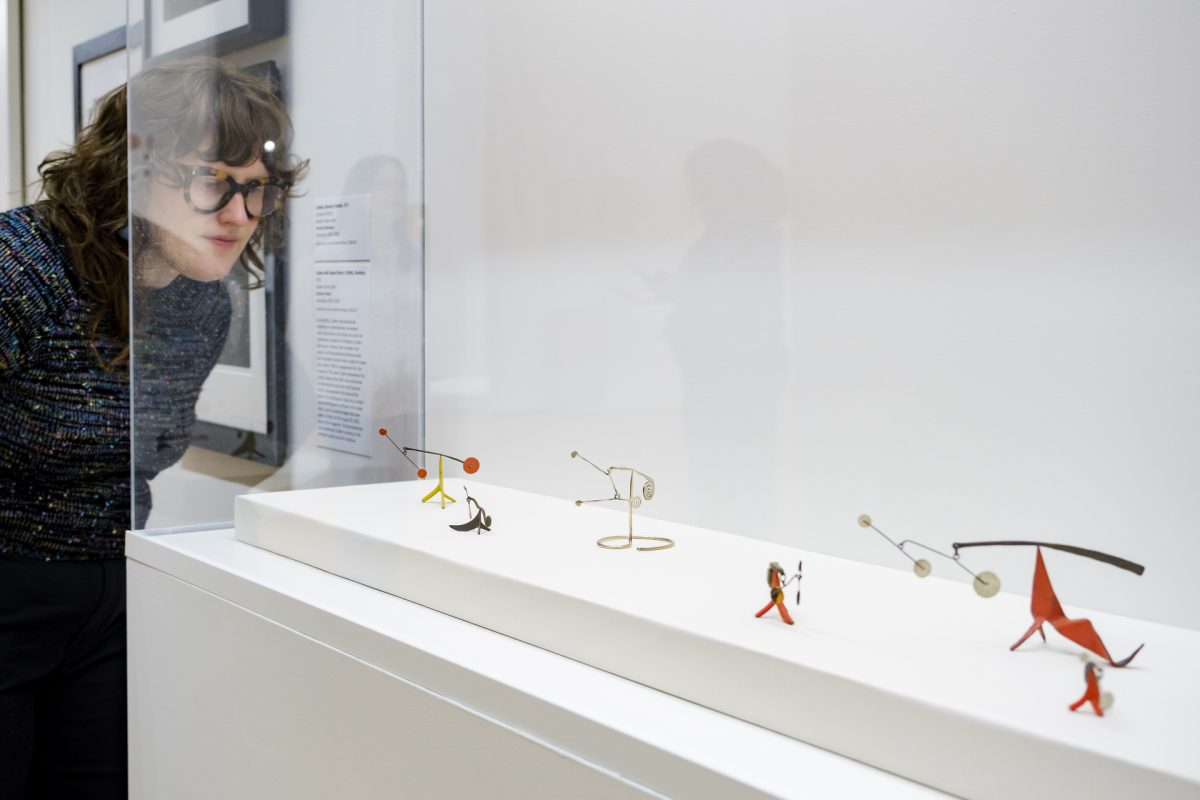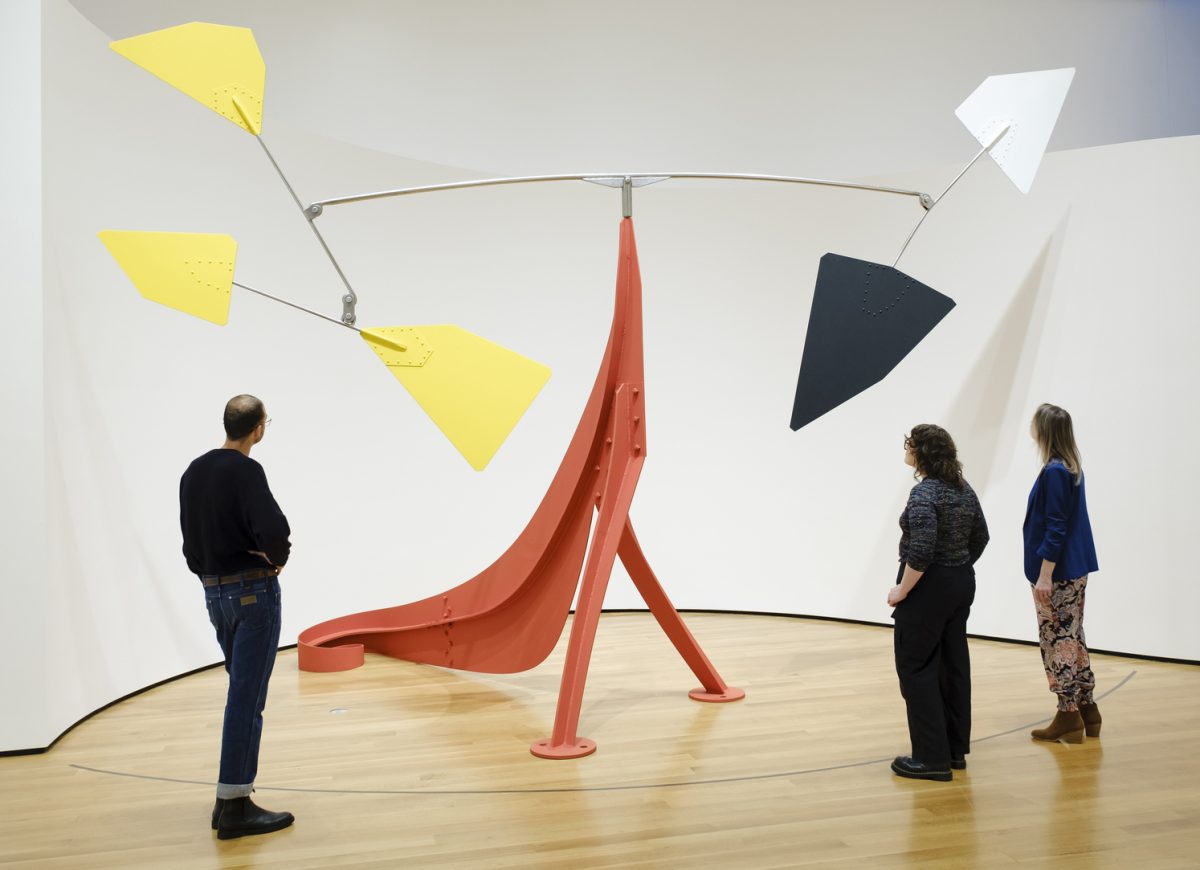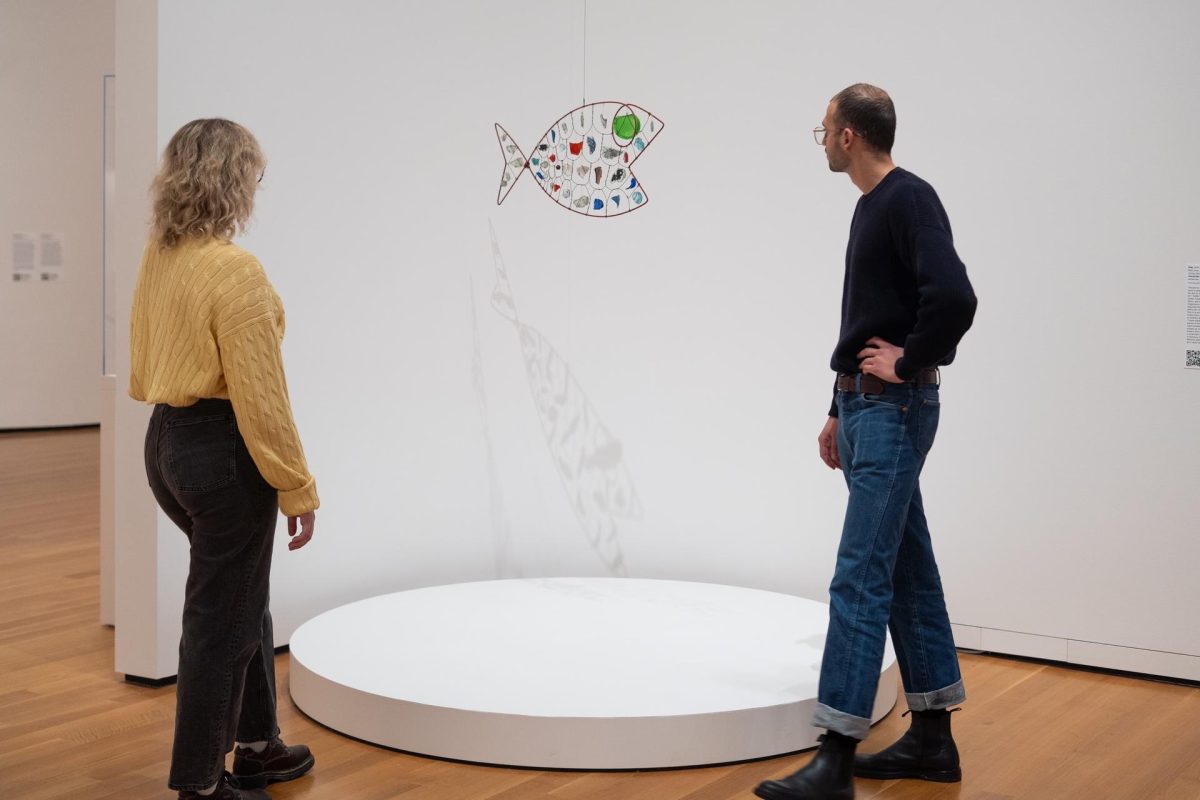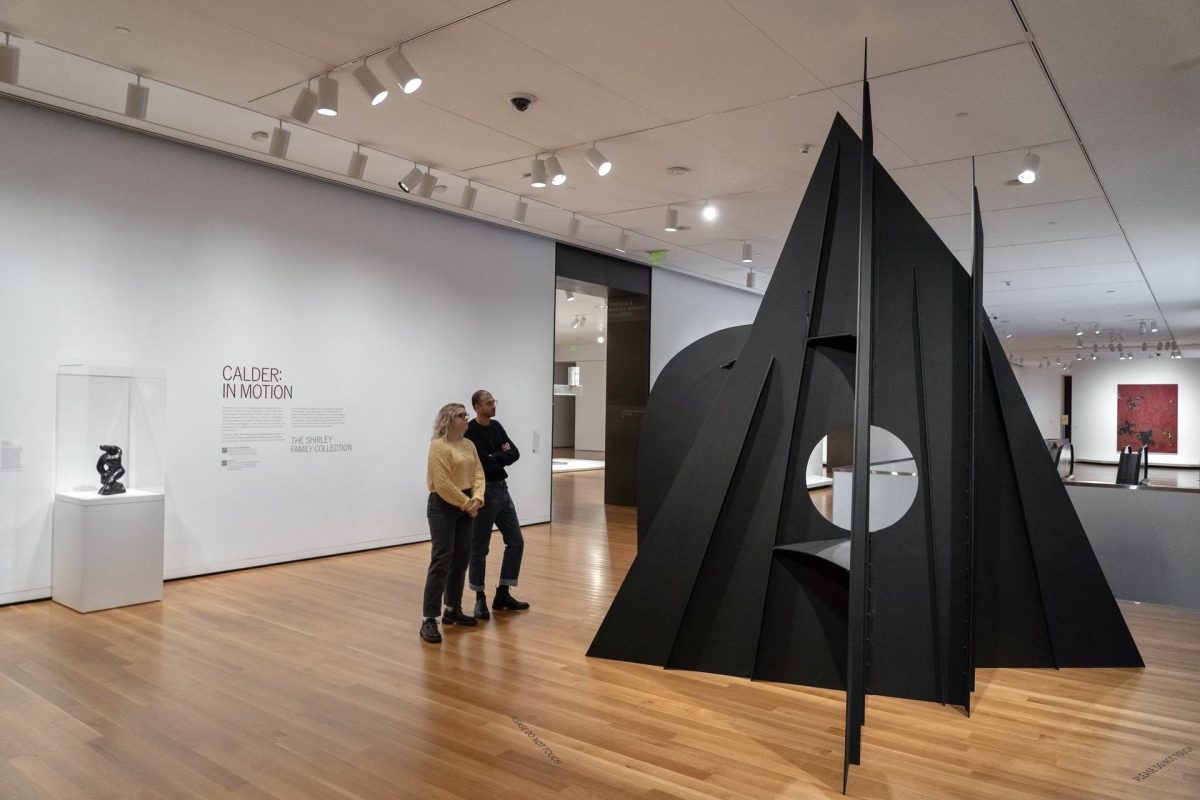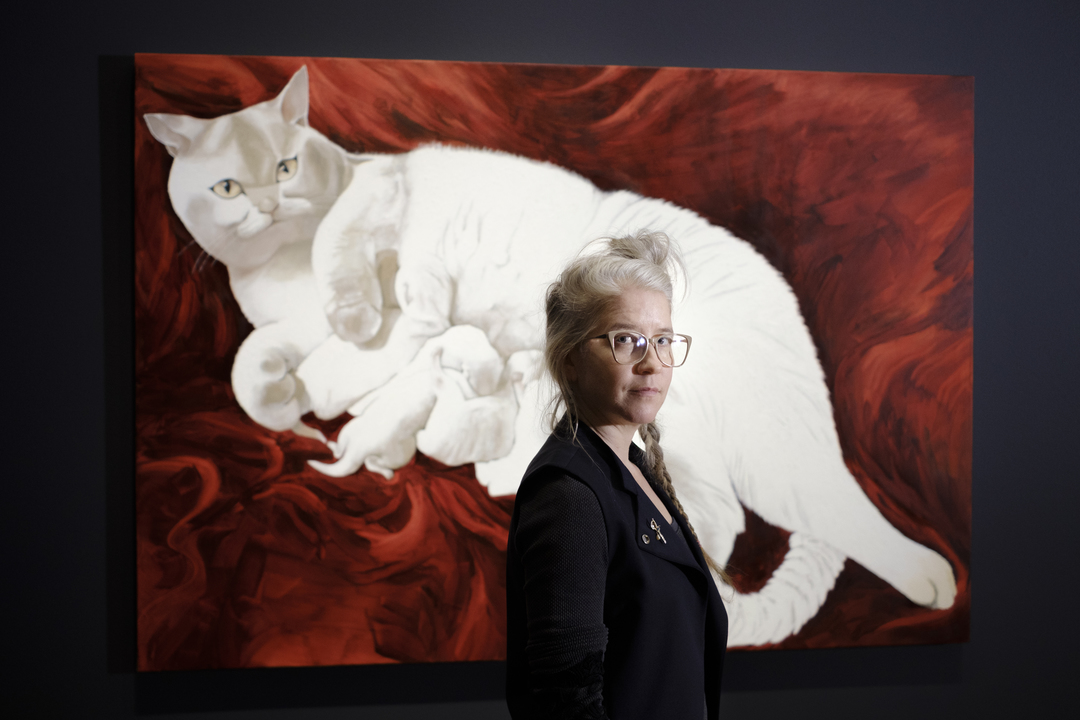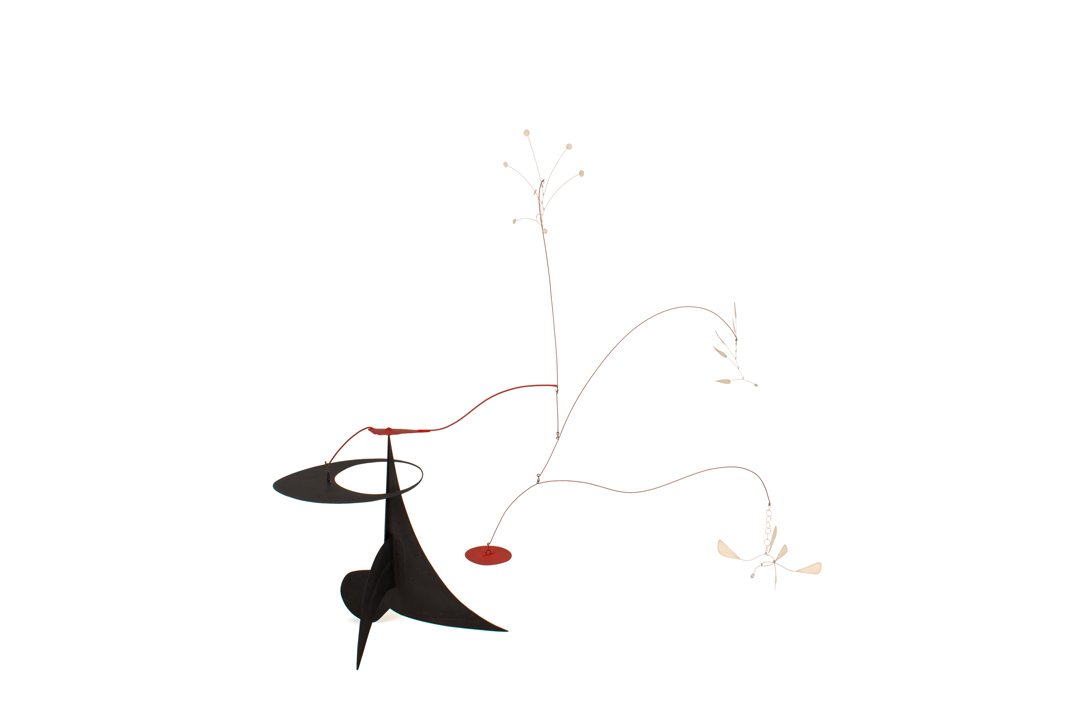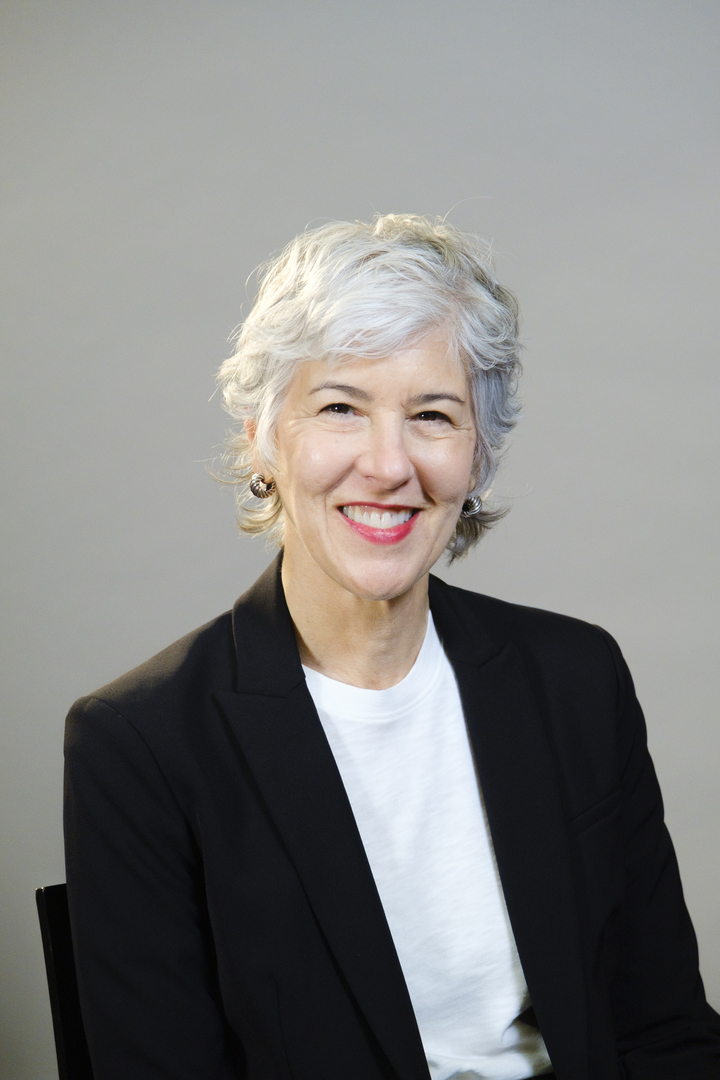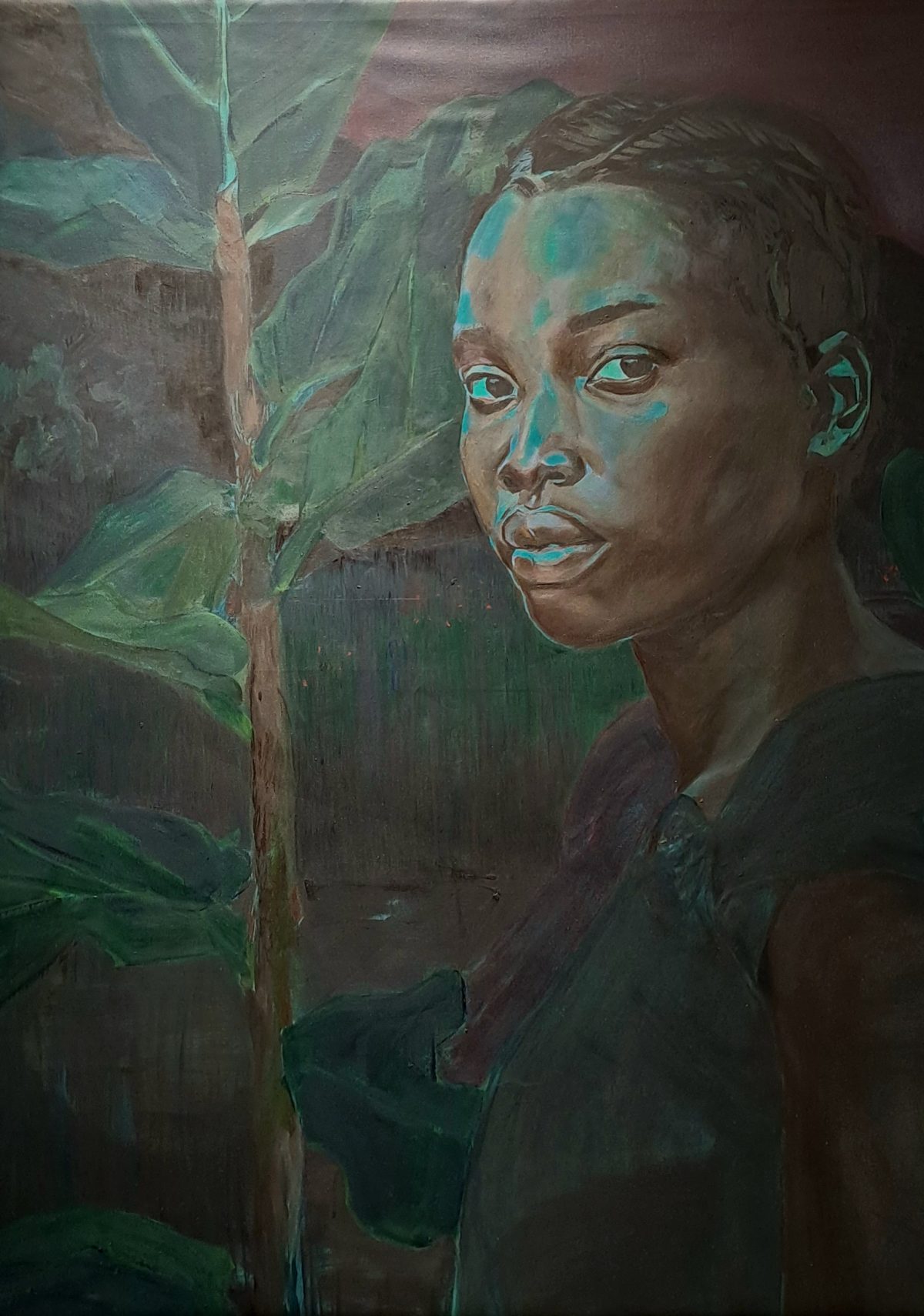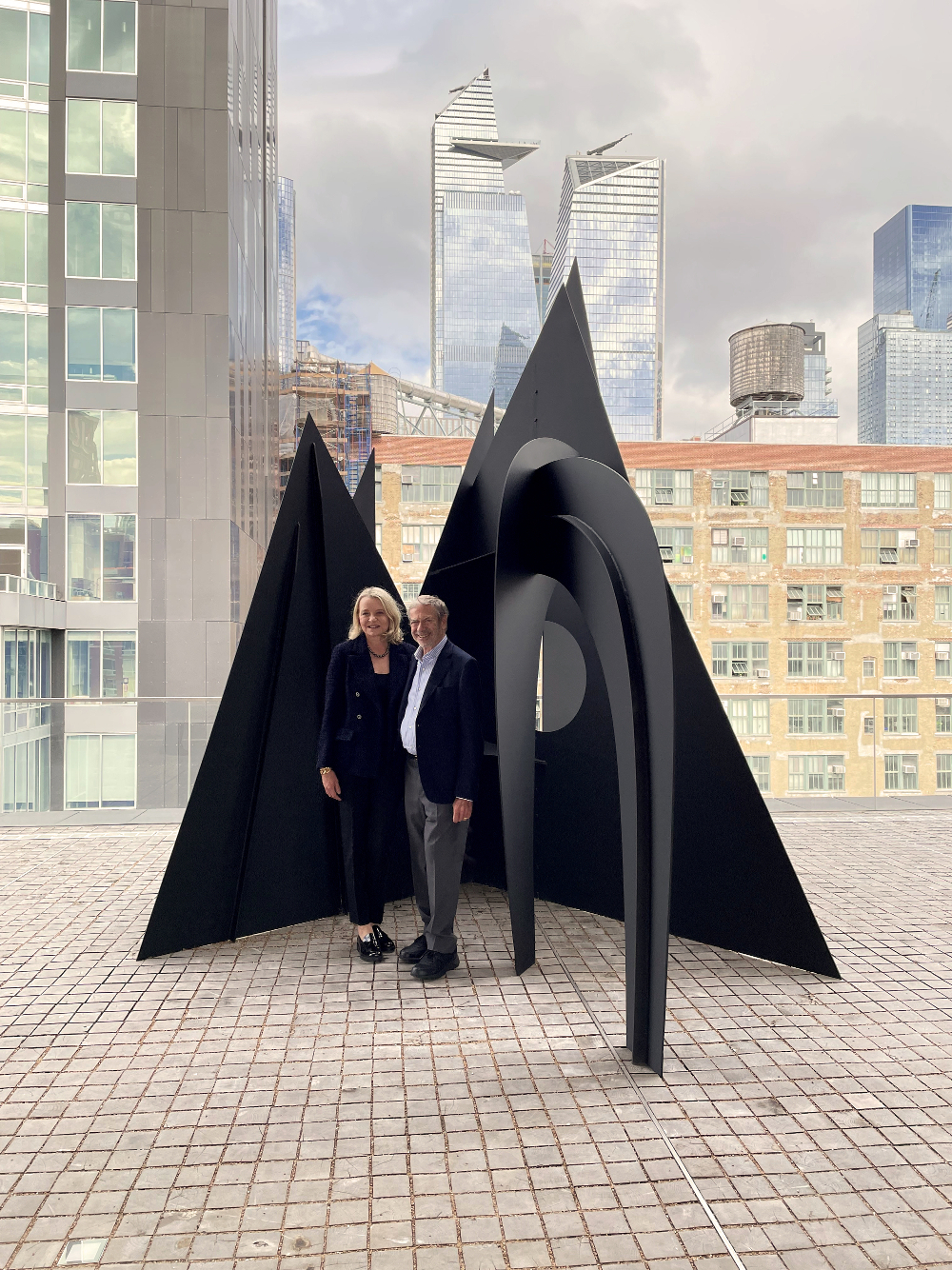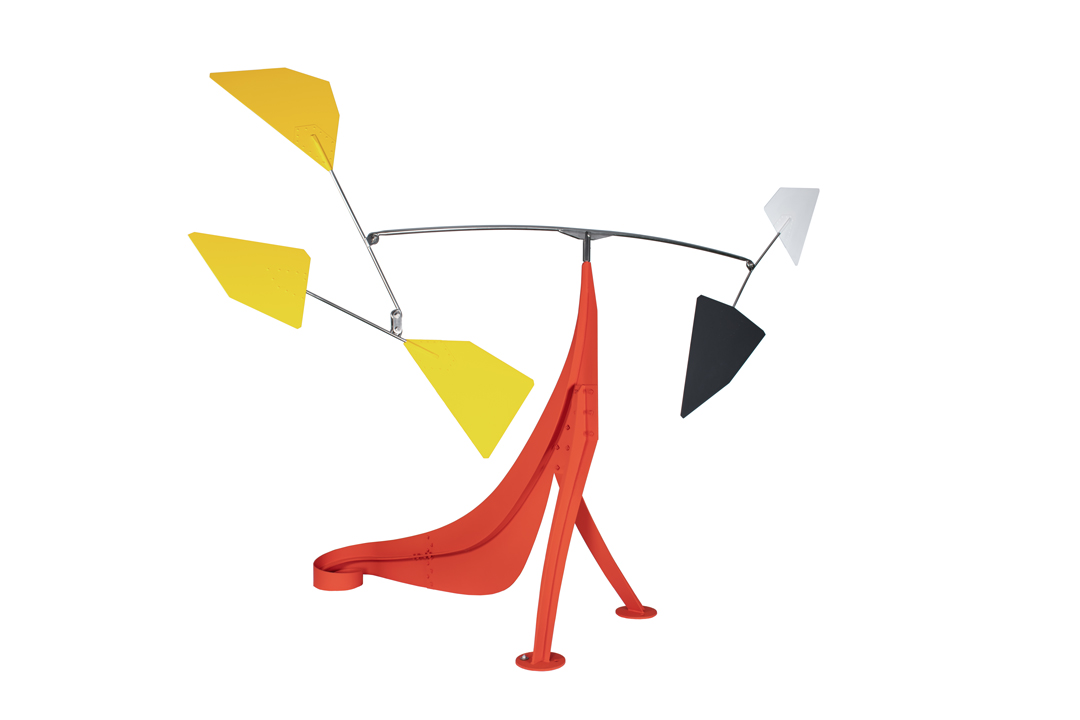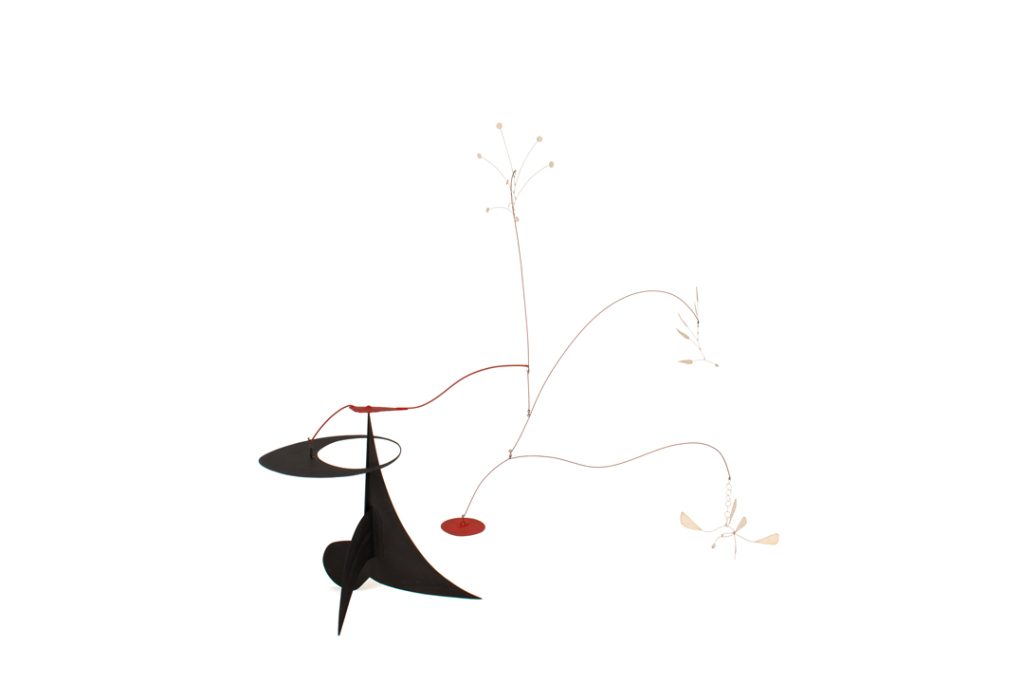Muse/News: Timeless Calder, Trash Art, and Artsy Ceremony
SAM News
For Seattle Magazine, Rachel Gallaher interviewed collector Jon Shirley and curator José Carlos Diaz about iconic artist Alexander Calder and Calder: In Motion, The Shirley Family Collection. By popular demand, the exhibition has been extended through October 20.
“Calder invented an entirely new way to make sculpture,” Shirley adds. “His works of 70 years ago look like they were made yesterday. Not many artists have created a whole new art form, and have created works that seem timeless. To my mind, he is the most accessible artist ever.”
Seattle Refined’s “Artist of the Week” is Jasmine Novak, a coldwater scuba diver who creates evocative photographs from the watery depths. She is also a SAM Gallery artist whose work was recently shown at the gallery’s booth at the Seattle Art Fair.
And Poke in the Eye: Art of the West Coast Counterculture at the Seattle Art Museum is on Seattle Met’s list of “Things to Do in Seattle.” So come and see it already!
Local News
Via Seattle Met’s Adam Willems: “The Ultimate List of Local Olympians to Watch in Paris.”
The Seattle Times’ Erik Lacitis wrote a story about a half day driving tour to do with visitors; then he shared a follow-up sharing readers’ thoughts on what he missed (including the wise suggestion of a visit to Volunteer Park and the Seattle Asian Art Museum…).
Also in The Seattle Times: Gayle Clemans on “trash-talking art and other must-see Seattle shows in August 2024.”
“These thought-provoking exhibitions ask us to reconsider art and political history through carefully crafted works of art that elevate often-overlooked stories and materials.”
Inter/National News
Via Artnet’s Jo Lawson-Tancred: “5 of the Most Memorable Artist-Designed Olympics Posters.” (We’re partial to Jacob Lawrence’s Study for the Munich Games Poster (1971), which is now on view in Jacob Lawrence: American Storyteller at the Seattle Art Museum.)
Sarah Belmont for ARTnews on “Nine Must-See Exhibitions in Tune with the 2024 Olympics in France.”
Artnet’s Sarah Cascone name-checks all the references in the “unusually art-filled” Olympics Opening Ceremony in Paris.
“The Mona Lisa escaped from the Louvre to catch the occasion, braving the rain along with an expected 300,000 Parisians and visitors from around the world.”
And Finally
“Snoop Dogg, NBC’s New Voice of the People.”
– Rachel Eggers, SAM Associate Director of Public Relations
Image: Installation view of Calder: In Motion, The Shirley Family Collection, Seattle Art Museum, 2023, © 2024 Calder Foundation, New York / Artists Rights Society (ARS), New York, photo: Alborz Kamalizad.
